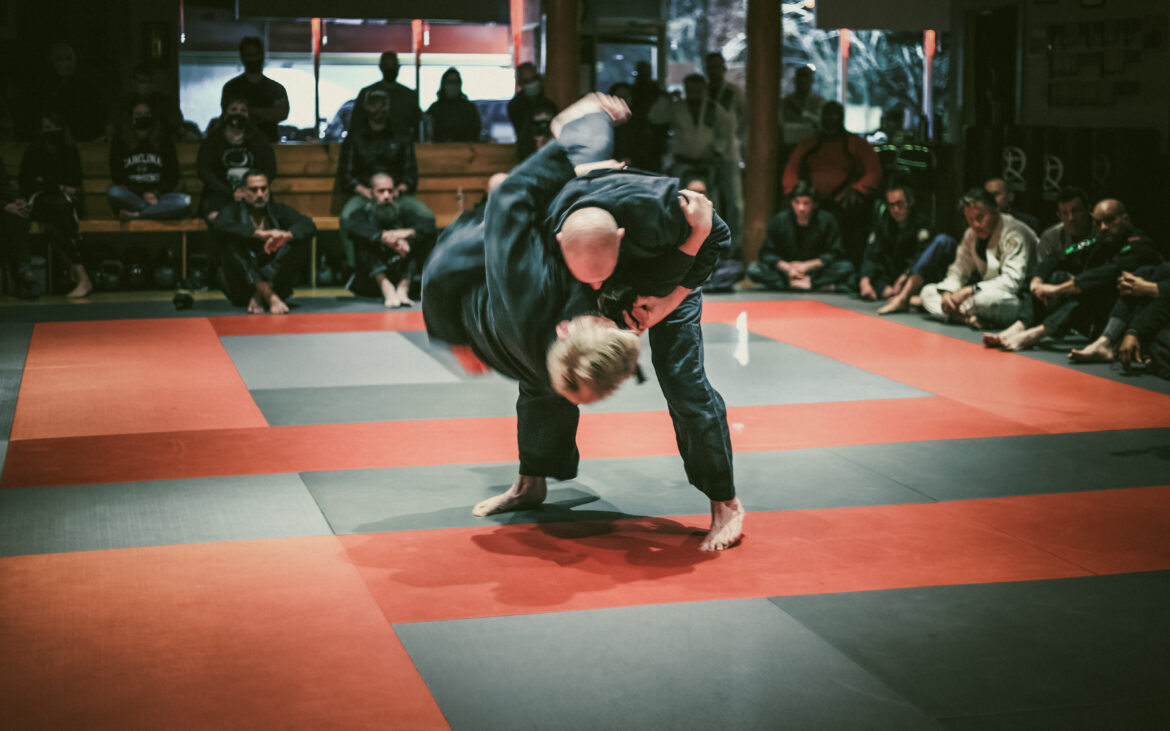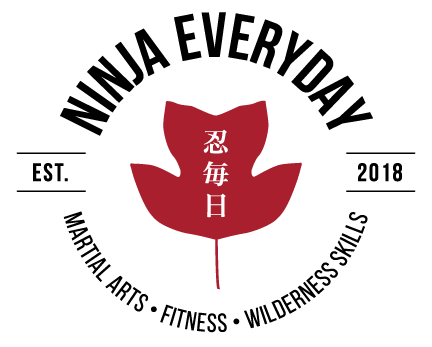 Feb
20
Feb
20
Ukemi: Receiving Skills
- February 20, 2022
- 0 Comment(s)
Of all of the things that we practice in our taijutsu and jiu-jitsu training, what is the skill that we are most likely to need? If we are really honest with ourselves it is pretty unlikely that we find ourselves in a sword or spear confrontation. For most of my friends, unless our job or the environment that we live in places us in a dangerous location/situation, it is relatively unlikely that we ever find ourselves in a truly violent assault. In fact, most of the people that I interact with, most of the time, find themselves in what we would describe as neutral to positive states of being. So much so that if someone is just a little bit rude to us in traffic, we have to tell everyone at work about it and it can quite literally ruin our day. But all of us, at some point, are going to fall. We will slip or trip and the only thing between us and a broken wrist, cracked tailbone, or busted head is our “Ukemi” (receiving skills) ability.
In our dojo we practice three distinct falling skills, break-falls, rock-overs, and full rolls. We have these distinctions because contextually different responses may be appropriate depending on the specifics of the fall. To an outsider or newer martial artist these distinctions can seem unnecessary as a fall is just a fall. But is it?
Sometimes you fall straight down. Sometimes there is lateral momentum to contend with as in a push. In our training, quite often, we are tasked with using a strategic fall to alleviate pressure on a joint that is being leveraged against us. What if you have something in your arms that you can’t drop, like a small child or a firearm? Is there open space to fall into or are there obstacles to avoid? All of these conditions must be considered when receiving a fall safely.
I regularly state in our dojo that being able to fall safely is a literal super power. Most folks who take a tumble in a parking lot or on some ice can expect soreness and some bruising at a minimum but a fall in the wrong situation can absolutely end your life. We had an elderly person who was clipped by a car in the parking lot of our shopping center a couple of years ago who fell and died because of sustained head trauma. Another similar situation happened in the gym near us a few years before where a very fit young man fell while lifting weights and hit his head on some equipment and suffered the same fate. Learning how to fall correctly makes you harder to kill, plain and simple.
There are some other valuable benefits to ukemi training for the martial artist that are worth considering. Bone density typically reduces as we age because of the reduced shock to our structure. When we are young and we play sports and wrestle with our friends the rough and tumble nature of the play causes micro trauma to our skeleton which responds by increasing the density and strength of our bones. A regular ukemi practice keeps our system on it’s toes and responsive to the demands that we place on ourselves thus slowing bone loss. If you don’t use it you lose it.
Another benefit to falling is the fascial tissue response that we have from rolling on the ground. Many athletes have found benefits in using a “foam roller” (I use these tools regularly) to break up muscular fascial adhesions. When we roll on the mat in the dojo I feel like I have a very similar “loosening-up” feeling as if I used my foam roller and we regularly use these drills as a training preparation exercise.
The shock that we receive when we fall and roll also serves to shake us up internally. I have no proof for this theory but I can’t imagine it not being beneficial to jostle our insides occasionally. The impact of the fall has to be helpful in loosening up stagnant areas that you just can’t adjust from the outside through something like soft tissue work. I imagine clots, plaques, and blockages of all sorts being loosened up and moved out from this practice.
Another benefit to this type of training is the unconventional positions that you have to contend with as you roll. Most adults in our culture don’t spend a lot of time upside down. Rolling can help condition your inner ear and your body’s tolerance to odd positioning, aiding both with balance and training yourself to be comfortable in uncomfortable positions.
There are several ukemi skills that I believe should be trained and developed. The first of these skills is the “breakfall”. A breakfall is a technique where you practice falling in a way that allows you to dissipate your impact with the ground by skillfully contracting yourself into a shape that allows you to get to the ground without hitting your head, tailbone, elbows, spine, and knees and then expanding in a way that spreads out your impact as you hit the ground with your outstretched palms and other muscle-ly areas. This skill is most helpful when the direction of your fall is almost straight down, as it would be if you are thrown, or if you don’t have the time or space to set up another alternative receiving technique.
A slightly more difficult skill is called the “rock over”. In many ways, it is the bridge between the breakfall and the next skill, a roll. When executing a rockover you are challenged to move to the ground as in a fall and use your body’s shape to receive the momentum without the extension part of the breakfall. This skill is helpful in allowing you to transition to the ground from a standing position and immediately shift into your next strategy without the break in the action that you would have with a breakfall. Another great reason to practice this technique is that this skill allows you to hold and protect something in your arms as you fall.
The third skill in this set is developing that ability to roll from standing all the way back to your feet after you fall or are taken down. This is best accomplished in a scenario where the momentum that you are contending with is more horizontal in nature, like if you were pushed from behind. In a martial arts context this rolling technique is a counter to many techniques that can be used against you and allow you to escape many dangerous positions.
Rolls and rolling skills aren’t limited to defensive applications. There are several throws where you use the momentum of your body falling into a roll to bring your opponent down with you and then move into an advantageous position. Rolls can provide momentum to take the place of strength in order to put on different arm locks, leg attacks, and chokes when you’re already on the ground. This should be studied diligently, especially by smaller practitioners and those who are very interested in using as efficient an application of strength as possible.
As a final note, the term “ukemi” is often specifically used to describe falling and rolling skills but it really is much more than that. The term “receiving” is a better translation for “ukemi” than merely “falling skills’. Ukemi is your ability to move with the force directed at you either from the ground and gravity or from your opponent. Being appropriately soft or yielding is an expression of ukemi. Can you flow with the force of a strike directed at you. Can you move with your attackers’ attempts at unbalancing you? Can you keep yourself and your movements fluid enough that you can dance with rather than clash with adversity?
Good ukemi is the secret to longevity in the martial arts. Good ukemi is the secret to spirited but safe training. Good ukemi skills is a huge secret to progression. Your teachers will pick the students and class members with solid ukemi to demonstrate techniques with, thus allowing you to feel the invisible pressures and details that not everyone will be able to perceive. If you aspire to develop meaningful martial arts abilities then you HAVE to have solid ukemi. The great news is that ukemi is one of the few skills that you can develop on your own outside of class times. Solo ukemi practice is absolutely never a waste of time.
Let’s roll…
